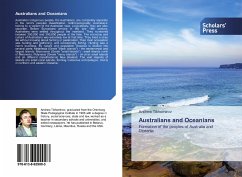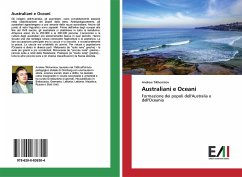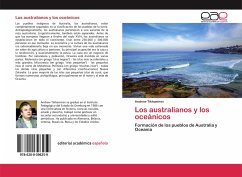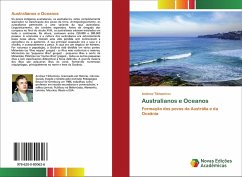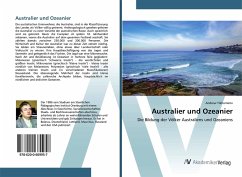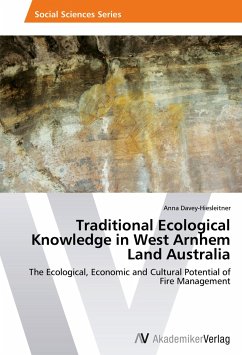Australia's indigenous people, the Australians, are completely separate in the land's peoples classification. Anthropologically, Australians belong to a variant of the Australian race. Linguistically, they are also separate. Before Europeans arrived in the late 18th century, Australians were settled throughout the mainland. They numbered between 250,000 and 300,000 people at the time. The economy and culture of Australians was extremely low at that time. They lived a stray life without knowing about farming or pastoralism. Their main occupation was hunting and gathering, and occasionally fishing. Hunting was a man's business. By nature and population Oceania is divided into several parts: Melanesia (Greek "black islands") - the westernmost and largest islands; Micronesia (Greek "small islands") - small islands north of Melanesia; Polynesia (Greek "many islands") - all other small islands and (in different classifications) New Zealand. The vast majority of islands are small coral islands, forming numerous archipelagos, mainly in northern and eastern Oceania.

